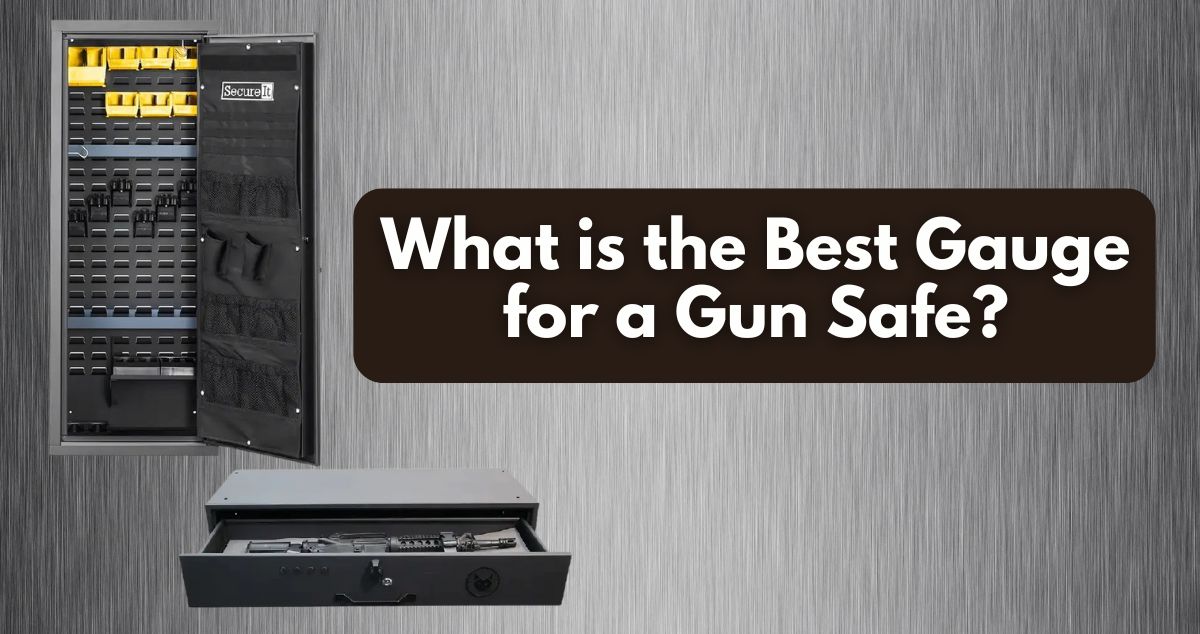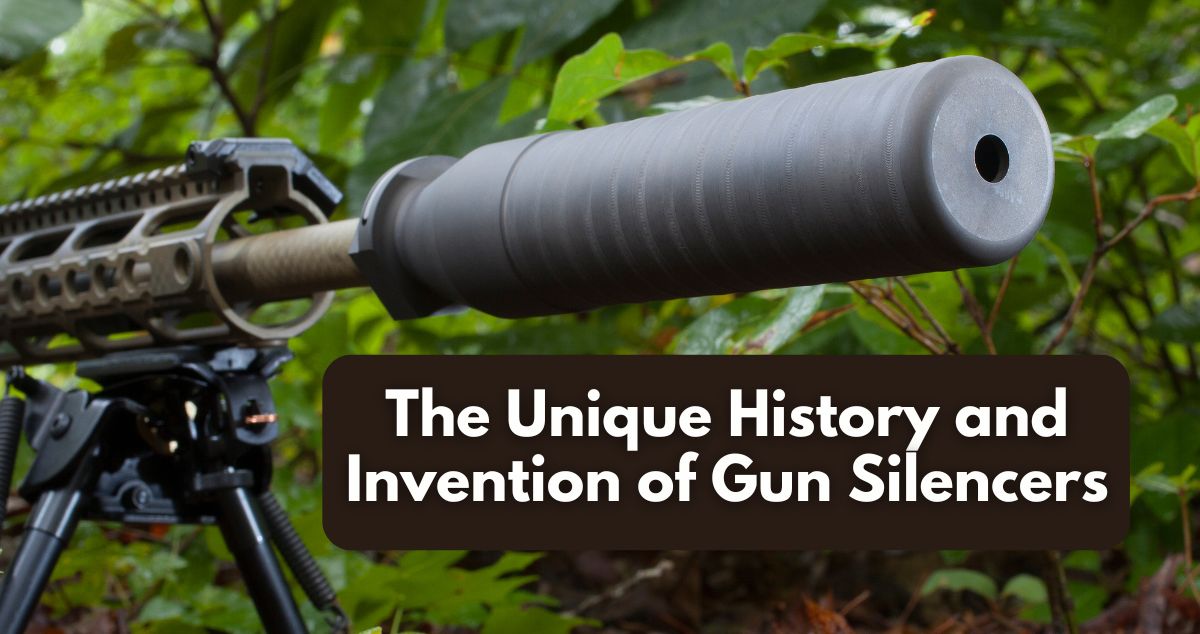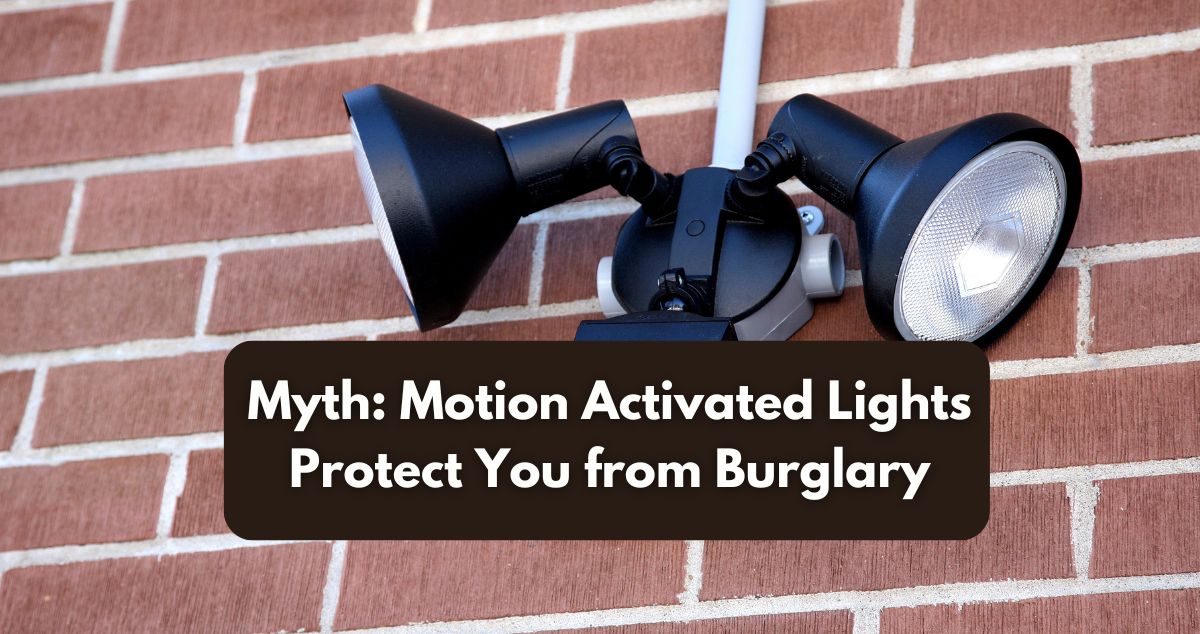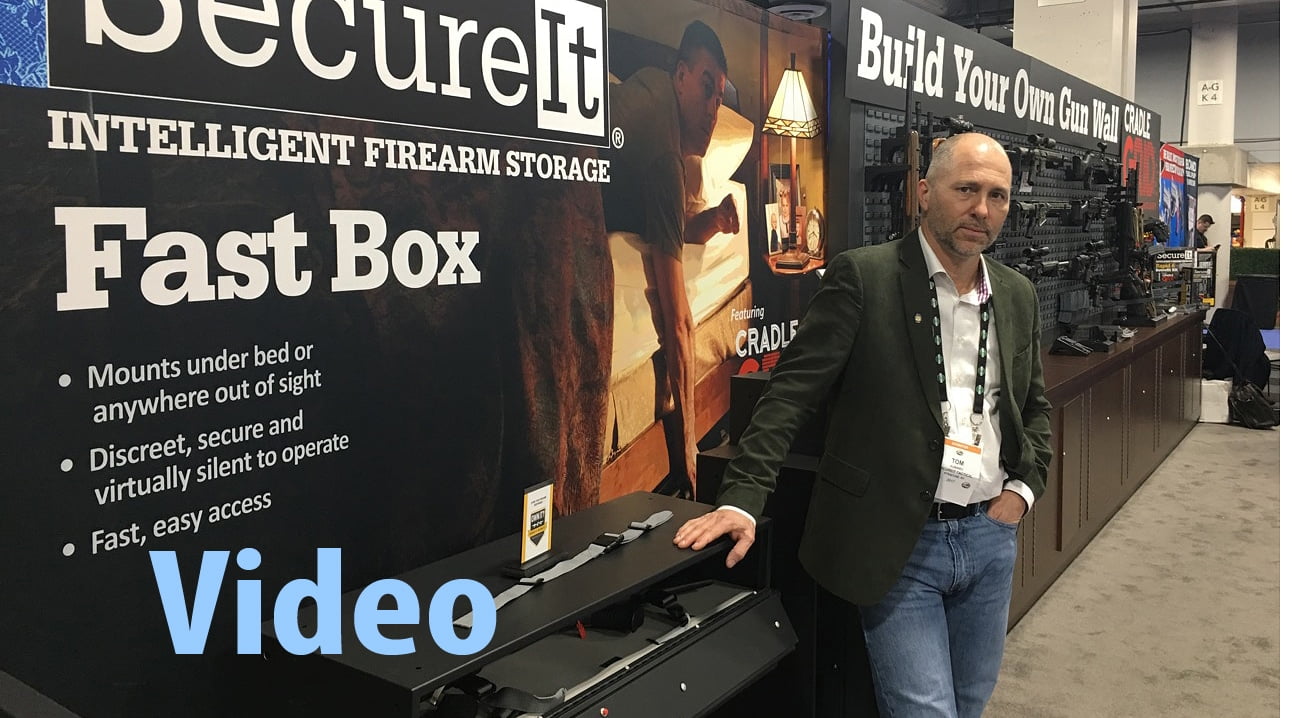
Hunting thanksgiving dinner is a time honored tradition for some families, especially if they know how to properly prepare and cook a wild turkey, and the trophies are perfect decor for man caves and wall mounts if the plumage isn’t damaged.
Turkey hunting gives you quality time with family, bonding time with a daughter or son, and buddy time for fall and winter making it an ideal sport across 49 states in the USA with multiple species including Hawaii where wild turkeys were introduced in 1815.
The five species of wild turkey in the USA include:
- Eastern Turkey (long beard) – is the most populous and is the one we see in ads, parade floats, and has been made iconic by Thanksgiving.
- Rio Grande – this species is very similar to the Eastern but a bit smaller and in states like Oklahoma only live closer to the eastern border.
- Merriam’s Turkey – if you’re looking for a stunner, this species is adorned with a bright red wattle, white tipped and striped plumage, and lives across the wild west from Arizona and New Mexico, up through Nebraska, and into South Dakota.
- Osceola – Named after Seminole Chief Oscela, this turkey species is smaller and darker, and the plumage resembles an iridescent blue and red like the reflective colors of an oil slick.
- Gould’s – it may be the largest of the turkeys in the United States, but the Gould’s turkey has the smallest population due to overhunting. In the 1990’s conservation efforts began and the population is slowly increasing in its habitat mainly in Arizona and New Mexico.
Now that you know the native species, let’s “hunt” for the right shotgun to help you do the least damage to the trophy, enjoy the most of your experience, and save as much meat as possible if you are ready to attempt cooking a wild turkey. We have three shotguns for turkey hunting to choose from including our all-around top choice, one for beginners, and one for advanced enthusiasts.
Best Turkey Shotgun for All Skill Levels
Why we choose the Mossberg 835 Ulti-Mag Turkey as the best:
- Accuracy
- Ballistics and trophy/meat protection
- Price
- Ammo match: Federal Heavyweight TSS 3″
Our top pick for the best overall shotgun for turkey hunting is the Mossberg 835 Ulti-Mag Turkey as it gives you the pump action you crave when hunting with a tighter ballistic pattern via the 24” barrel to help keep the trophy intact and meat accessible if you’re cooking the bird. The chamber holds shells between 2.75” to 3.5” so you can adjust the recoil and amount of shot to your personal preference.
The capacity of 5+1 is ample for turkey hunting, but you unfortunately cannot fire slugs from this model. And just like Turkey’s that live across the US, deer do as well and this particular model can work for both. Coming in between $270 to $650 depending on the condition, used or new, and customizations, it is an affordable option and readily available with retailers.
Best for Beginners
Why we choose the Stevens 301 Turkey XP as the best for beginners:
- Lightweight and easy to carry and maneuver
- Low recoil so it’s easy to handle
- Very low cost and investment
- Ammo match: Winchester Longbeard XR 3″
For new turkey hunters, the Stevens 301 Turkey XP is our go to as its 26” barrel will help with accuracy as you develop your skills and keep the impact site more intact. Sometimes known as “kitchen door” guns, it is a single action shotgun which is more cost-effective coming in between $200 and $250 on average if you decide hunting is not for you.
If you decide to keep it and you live in rural areas, it can be used for home-defense when a target is at a distance. The firearm is lighter in weight even though it has a longer barrel than other shotguns because there is no magazine, and this makes it easier to carry if you have to hike through the woods or a distance.
Best of all recoil is minimal so you can get accustomed to firing shotguns and work your way up to more advanced options like the Mossberg pump-action series. It’s light recoil, cost-effectiveness, accuracy, and weight are why the Stevens 301 Turkey XP is our number one shotgun for beginners going turkey hunting.
Advanced Hunters and Sports Enthusiasts
The reason we choose the TriStar Viper G2 for the best advanced option because it:
- Is semi-automatic, break-action, and fun to shoot.
- Has the look and feel of a high-end shotgun, but comes at an amazing price point.
- Is versatile enough for shooting clays, water fowl, and turkey hunting.
- Ammo match: Hevi-18 TSS 3″
Ready to have some fun? The TriStar Viper G2 is for experienced hunters, markspeople, and anyone looking for a versatile gun that comes in between $450 and $650 for the base model, depending on new or used, but looks like a $1,000+ shotgun.
This 12 gauge, gas powered, semi-automatic shotgun will carry you from sports shooting to hunting, and it breaks down easily when you’re ready to clean and oil it. The recoil can take a bit of time to adjust to, but you can customize it to your liking with a different recoil pad.
It is lightweight, but takes time to adjust to. Since you’re advanced, you should settle in at no time and hit your stride pretty quickly as it is designed for performance.
These are our top picks when it comes to turkey hunting and shotguns. If you have a favorite, share it below in the comments.




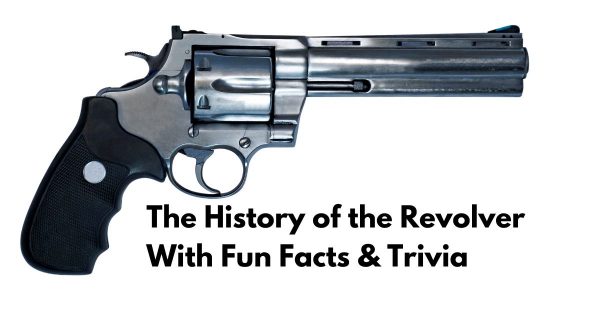

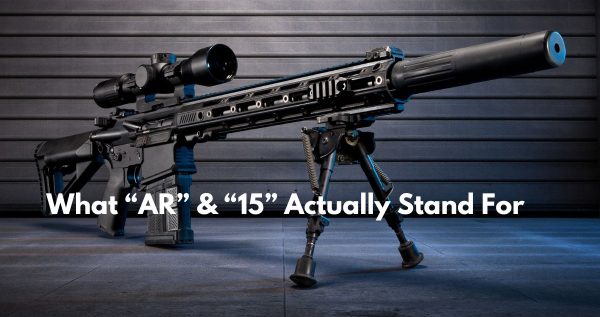
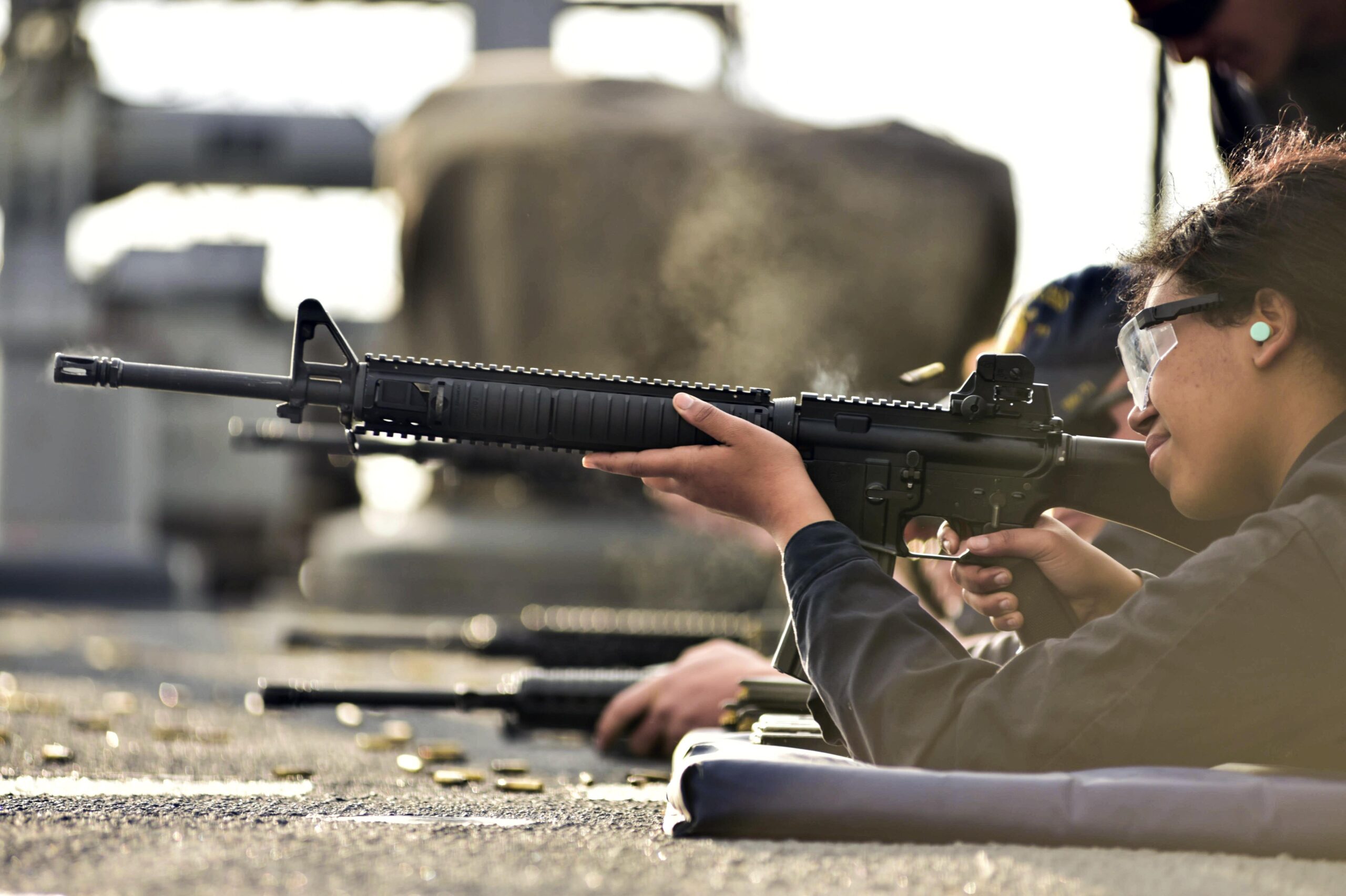
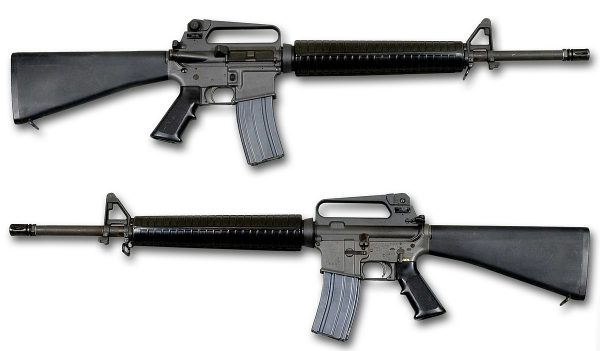
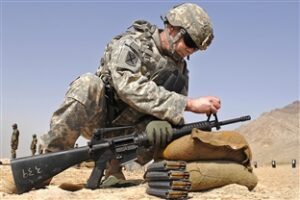






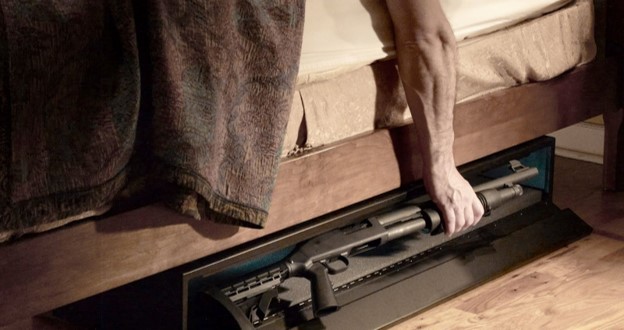
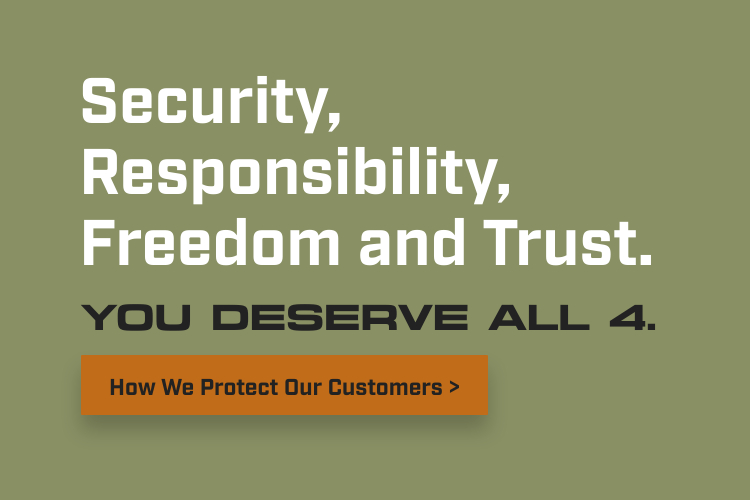





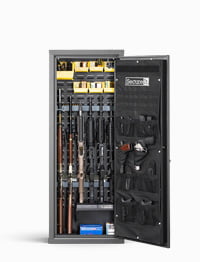



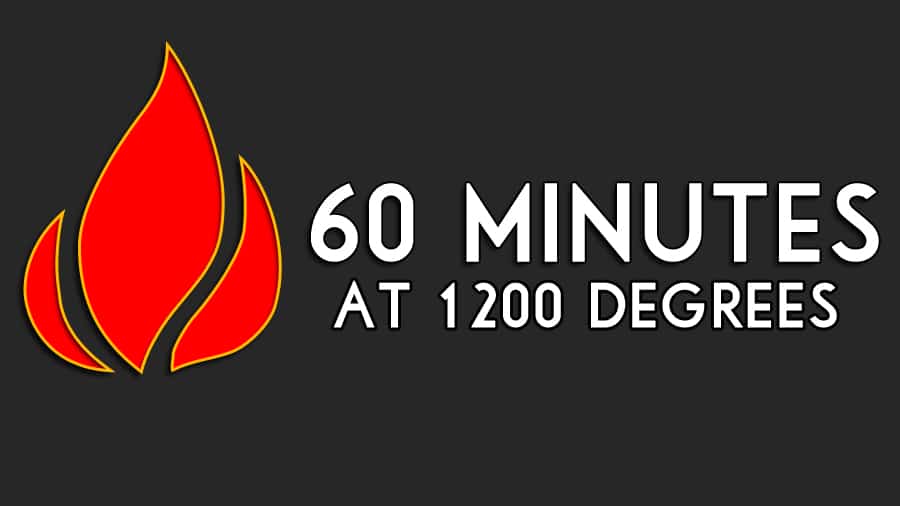
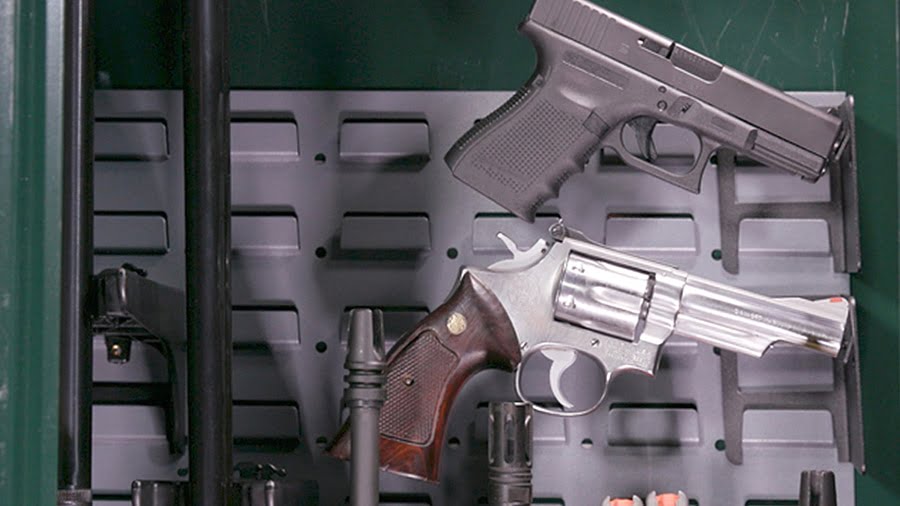
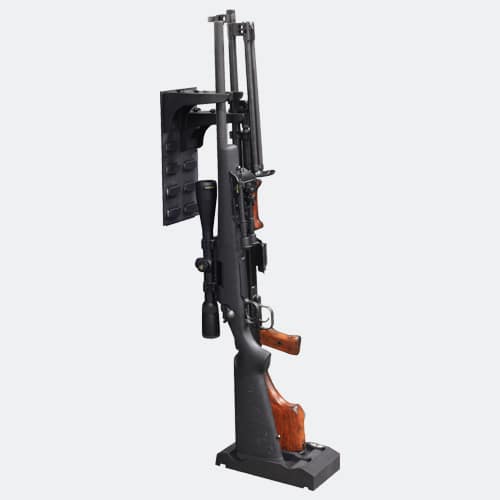


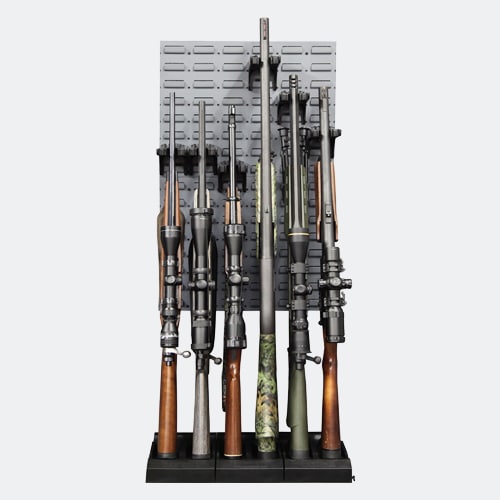
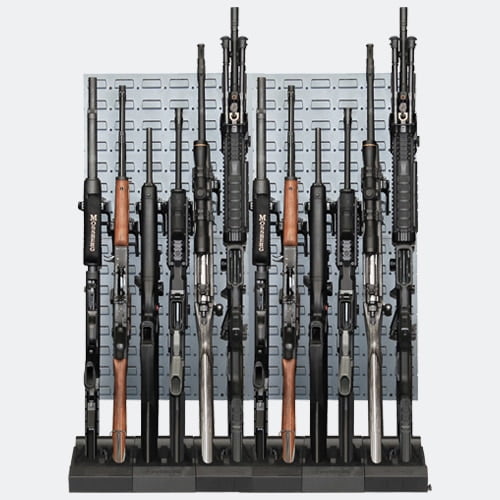

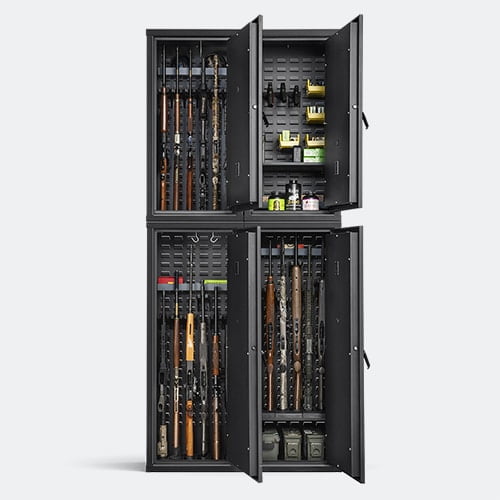


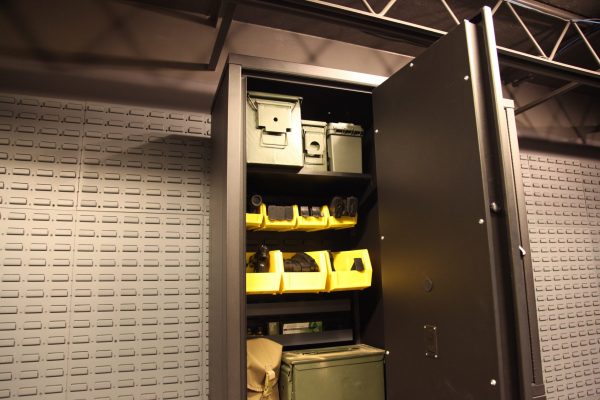













 Basic M16 rifle replaced by M4 weapon system
Basic M16 rifle replaced by M4 weapon system  SOCOM M4 with SOPMOD Block 1 & 2
SOCOM M4 with SOPMOD Block 1 & 2

